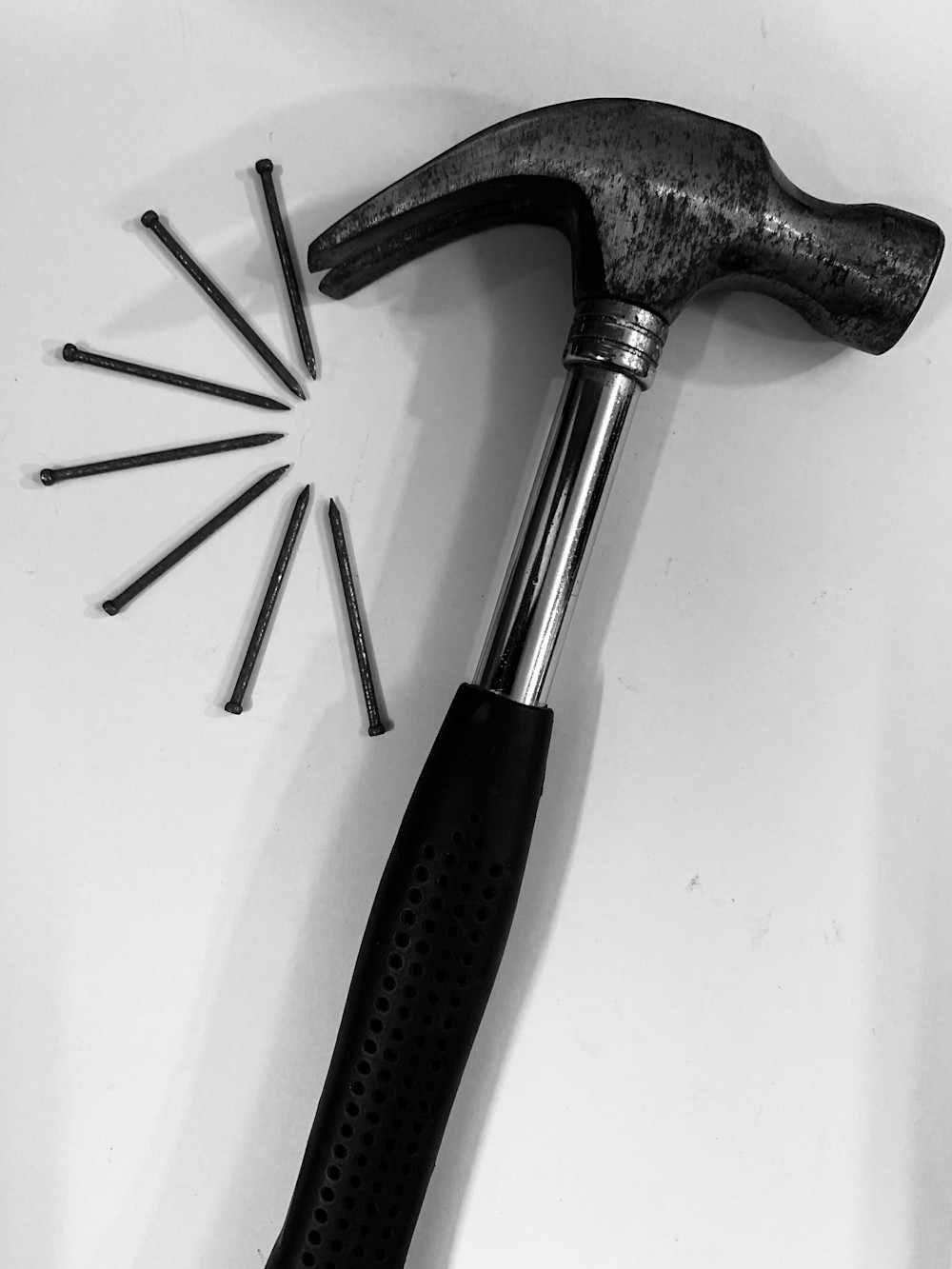
Part 1 of a 2-part series - IDEA Pharma has transformed the traditional, limited conventions of asset positioning to expand possibilities for biopharma clients
“To a man with a hammer, everything looks like a nail,” goes the well-worn adage from American philosopher Abraham Maslow.
This was meant to illustrate that people, rather than confront new ideas or concepts, prefer to rely on familiar ideas and mindsets. So, when we at IDEA Pharma refer to ‘’positioning’’ to describe a process, methodology, and output, the positioning nails can be quite disparate depending on who is wielding the hammer.
Like a character straight out of Mad Men, Jack Trout first published the concept of “positioning” as an advertising device in 1969; but this was not fully embraced by the wider community until 1981 when Trout and co-author Al Ries published ‘Positioning—The Battle for Your Mind.’ While their strategy does strive to create a unique impression in a customer’s mind for a brand or product, it nevertheless relies on familiarity, prior knowledge, and experience—to basically make the best of what a product has to offer—right here, right now.
Pharmaceutical positioning developed by traditional marketers and advertisers is a totally different beast to what IDEA offers through early phase positioning. Instead of setting a stall out for a molecule based on what is already in hand, IDEA sets up for a future marketplace based on what might be and what the product could become.
The origin story of “positioning”—what we’ll euphemise as “the P word”—underscores that the word itself means different things to different people. To a marketeer, it’s a clunkily crafted, agency-derived statement aimed to drive promotional campaigns and messaging. To a medic, it’s where a medicine might be used in a treatment algorithm or guideline. To a regulator, it’s probably a source of existential fear as the brand team proposes product claims that are not on the label. So which hammer is fit for the job at hand? Who is pounding on the right bit of pointy metal?
At IDEA Pharma, we mean something distinct when we talk about ‘’positioning’’ and, rather than rely on familiarity, we embrace newness and uncertainty. Positioning for IDEA is a strategic choice for a medicine. It’s not about what we can or can’t say, or about whether a treatment is used before or after another. It’s about embedding the ‘’what’’ into a customer’s head, so that it’s impossible for them to forget the ‘’who,’’ ‘’why,’’ and ‘’how” that defines an asset. It is forward looking—proactively creating a belief and mindset in a target population that will pull a medicine through to its end game.
Given the propensity to confuse strategic positioning with marketing positioning or medical positioning or any other sort of positioning—should we, as IDEA, rebrand? Reposition? Or not mention the “P word” ever again? We could, of course—but why undermine years of honing our craft. Far better for us to clarify this terminology, own the P word, and confine other positioning definitions to their respective toolkits.
We are happy to let the spectrum of carpenters bash away at their specific propositions as much as they want if they don’t damage or undermine the true potential and opportunity that strategic positioning can afford. Rather than hammers beating at whatever is available on their work benches, IDEA are architects designing blueprints for future medicinal success.
Consider our differentiation from the original marketing position developed by Trout a half-century ago. To add a production line to unoriginality, the marketing positioning concept is then formulated into a clunky and pre-formulated statement of a series of phrases or sentences that are supposed to articulate the drug's unique selling proposition, typically including the brand name, product category, target customers, key benefit, and competitive differentiation. The Positioning Statement. Agency-led, sometimes copyrighted templates remove scope for creative insight-led thinking and trivialise one of the true strategic exercises that can develop, nurture, and support the unique value of a product.
To make matters worse, traditional pharmaceutical positioning takes several steps in the wrong direction. Compliance concerns and current data or information are thought to direct and dictate what can and can’t be said—even internally, even inspirationally. If we navel gaze long and hard enough at the data, surely something ground-breaking will come to bear, expressed through generic words to convey what a medicine can deliver. Such as, say, efficacy, safety, and convenience… for all those patients who… well, you fill in the gap. Only the brand names need to change, the status quo thinking goes.
Conversely, rather than rest on familiar laurels, IDEA positions early in the face of uncertainty, embracing the opportunity to build forward rather than build with. What people will want or need in five years’ time will be totally different from what they know and want right now.
There are no such reductive positioning statements here—IDEA will provide a series of positioning IDEAs—all insight-led, rigorously analysed, rationally and strategically juxtaposed, for client company decision-making. IDEA will not make recommendations—we provide strategic options that each company can consider according to their own unique capabilities, organisational structure, and philosophy.
In Part 2 of this series, we’ll explore exactly how we do this, and how we’ve transformed and expanded the possibilities of positioning in the process.
IDEA Pharma
We work with clients early in lifecycle, crafting a compelling product story and building a best-in-class strategy that helps every molecule reach its potential. It’s what we do best. And there’s nobody that does it quite like us IDEA Pharma
